Image Source: Social Media
Impact of Technology on Modern Cricket, Here are some of the key areas where technology has made a profound impact on modern cricket
Technology has had a significant impact on modern cricket, affecting the way the game is played, the way it is played, and the way it is experienced by fans. From better equipment for players to cutting-edge equipment for analysis and decision-making, technology has transformed cricket into a more dynamic and data-driven sport. Here are some of the key areas where technology has made a profound impact on modern cricket.
Impact of Technology on Modern Cricket
1. Player Performance Analysis: Technology has enabled in-depth player performance analysis, providing insights into players' strengths, weaknesses, and overall performance. Tools such as Hawk-Eye, which uses ball-tracking technology, provide detailed data on ball trajectory, speed, and movement, helping players and coaches analyze and improve their techniques. Similarly, wearable devices like smartwatches and fitness trackers allow players to monitor their physical fitness levels and optimize their training regimes.
2. Umpiring and Decision Review System (DRS): The introduction of the Decision Review System (DRS) has been a game-changer in modern cricket. DRS uses various technologies such as ball tracking, infra-red imaging, and edge detection to assist on-field umpires in making more accurate decisions. Players have the option to challenge umpires' decisions, and the DRS has significantly reduced errors and controversies in decision-making, making the game fairer.
3. Broadcast Technology: Technological advancements have transformed the way cricket is broadcasted and consumed by fans. High-definition cameras, ultra-slow-motion replays, and Spidercam, a camera suspended on wires above the ground, provide viewers with a unique perspective of the game. In addition, data-driven graphics and statistics, such as run rates, player averages, and ball speed, enhance the viewing experience and provide deeper insights into the game.

Image Source: Social Media
4. Social Media and Fan Engagement: Social media platforms have become powerful tools for fan engagement and interaction with cricket teams, players, and tournaments. Social media platforms allow fans to follow their favorite players, access behind-the-scenes content, and participate in contests and polls, enhancing their overall experience as cricket enthusiasts.
5. Training and Simulation Tools: Technology has also transformed training and practice sessions for cricketers. Virtual reality (VR) and augmented reality (AR) are being used to simulate match scenarios, providing players with a realistic practice environment. Video analysis tools allow players and coaches to analyze gameplay footage, identify areas for improvement, and devise strategies.
6. Stadium Technology: Modern cricket stadiums are equipped with advanced technology to enhance the match experience for fans. LED scoreboards, big screens, and high-quality sound systems provide an immersive experience for spectators in the stadium, creating a lively atmosphere during matches.
7. Data and Analytics: The use of data and analytics in cricket has become pervasive, with teams and players leveraging data to gain insights into performance, opposition analysis, and strategy development. Advanced analytics tools process large amounts of data, including player statistics, match data, and historical records, to provide valuable insights for teams and players.
Also Read: Best Fantasy Apps in India


Disclaimer
Possible11 is a sports news and analysis platform designed purely for entertainment and educational purposes. All match previews, player insights, and team analyses are based on publicly available information and expert opinions. We do not promote or support betting, gambling, or real-money gaming in any form. Users are encouraged to enjoy our content responsibly and use it for informational purposes only.
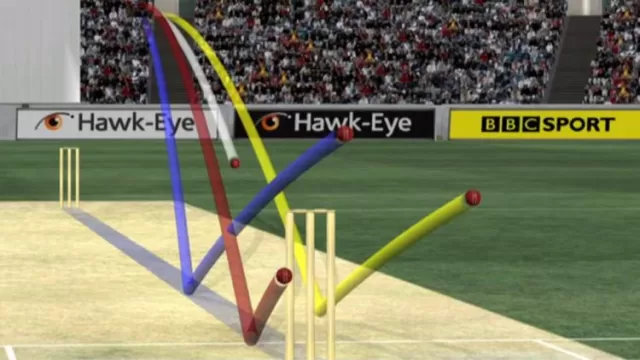

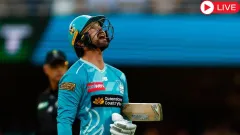


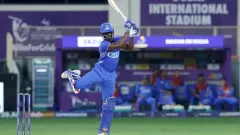


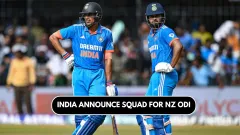






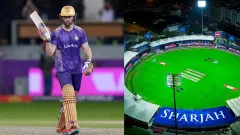
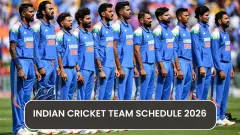

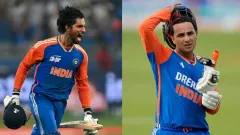







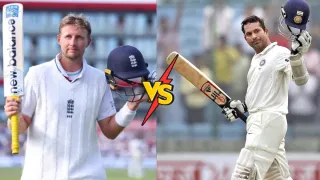


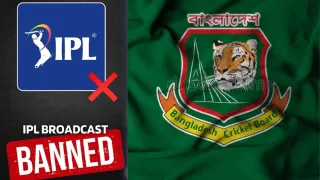

Give Your Feedback